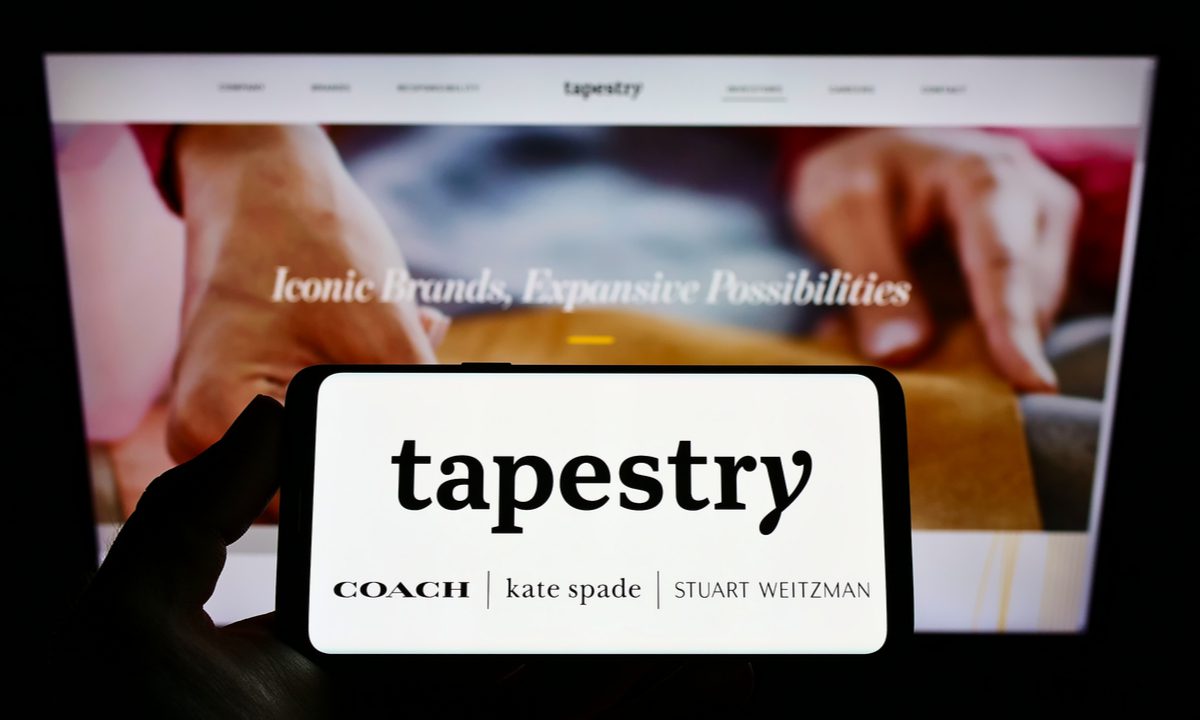
A pivotal antitrust trial is unfolding in Manhattan, where a federal judge is set to decide whether Tapestry Inc., the parent company of Coach, Kate Spade, and Stuart Weitzman, can merge with Capri Holdings, which owns Versace, Jimmy Choo, and Michael Kors. According to CNBC, this $8.5 billion deal, proposed more than a year ago, is under intense scrutiny by the Federal Trade Commission (FTC), which aims to block the merger on grounds of potential harm to consumers and competition.
FTC Challenges: Higher Prices and Reduced Competition
The FTC’s lawsuit, filed in April, contends that the merger would stifle competition and result in fewer affordable options for consumers, as well as diminished pay and benefits for employees. Per CNBC, the antitrust watchdog argues that combining two competing brands like Coach and Michael Kors could limit consumer choices and inflate prices. Both brands are prominent in the “accessible luxury” market, targeting a broad consumer base through direct sales and department stores such as Macy’s and Dillard’s, as well as off-price retailers like T.J. Maxx.
Tapestry and Capri’s Defense: Adapting to Industry Changes
Attorneys representing Tapestry and Capri counter that the merger is essential for maintaining competitiveness in an industry increasingly dominated by new and fast-changing brands. Tapestry CEO Joanne Crevoiserat told CNBC that the merger would enable the combined company to reach a wider audience and compete more effectively in the global luxury market. She argued that the fashion industry is highly dynamic, with new competitors emerging constantly, necessitating consolidation to keep pace.
Key Questions: Market Competition and Consumer Impact
The trial has highlighted critical questions regarding market competition. For instance, Tapestry and Capri argue that the handbag market is highly competitive, with numerous brands and price points influencing consumer choices. In contrast, the FTC has emphasized that Coach and Michael Kors are significant competitors within the accessible luxury segment, a market they argue would become overly concentrated if the merger proceeds.
Economist Loren Smith, a key witness for the FTC, presented financial models suggesting that the merger could lead to a 15% to 17% increase in prices for the combined company’s products, alongside a potential decline in quality. Smith’s analysis indicates that the merged entity could command around 58% of the U.S. handbag market, raising concerns about reduced consumer choice and higher costs.
Defense’s Counterarguments: Market Diversity and Efficiency
Tapestry and Capri have disputed these claims, suggesting that competition is more diverse than the FTC portrays. They argue that modern shopping habits and the rise of secondhand marketplaces provide consumers with ample choices beyond the brands in question. Additionally, they contend that the merger would not necessarily result in higher prices but could instead bring efficiencies and benefits from increased scale.
Related: TC Seeks to Block $8.5 Billion Tapestry-Capri Merger, Citing Competition Concerns
Strategic Motivations: Growth and Brand Portfolio
The trial also delved into the strategic motivations behind the merger. Crevoiserat testified that Tapestry aims to enhance its brand portfolio and rejuvenate Capri’s brands, which have faced recent sales challenges. Internal documents revealed that Tapestry had considered various acquisition targets before settling on Capri, with the goal of fostering growth across its brands rather than consolidating power.
As the trial continues, key witnesses, including more executives from both companies and potentially Michael Kors himself, are expected to testify. The outcome of this antitrust case could have significant implications for the fashion industry, influencing both market dynamics and consumer prices.
The court is anticipated to deliberate on these issues through early next week, with the final decision likely to shape the future landscape of the luxury fashion sector.
Source: CNBC
Featured News
Judge Appoints Law Firms to Lead Consumer Antitrust Litigation Against Apple
Dec 22, 2024 by
CPI
Epic Health Systems Seeks Dismissal of Antitrust Suit Filed by Particle Health
Dec 22, 2024 by
CPI
Qualcomm Secures Partial Victory in Licensing Dispute with Arm, Jury Splits on Key Issues
Dec 22, 2024 by
CPI
Google Proposes Revised Revenue-Sharing Limits Amid Antitrust Battle
Dec 22, 2024 by
CPI
Japan’s Antitrust Authority Expected to Sanction Google Over Monopoly Practices
Dec 22, 2024 by
CPI
Antitrust Mix by CPI
Antitrust Chronicle® – CRESSE Insights
Dec 19, 2024 by
CPI
Effective Interoperability in Mobile Ecosystems: EU Competition Law Versus Regulation
Dec 19, 2024 by
Giuseppe Colangelo
The Use of Empirical Evidence in Antitrust: Trends, Challenges, and a Path Forward
Dec 19, 2024 by
Eliana Garces
Some Empirical Evidence on the Role of Presumptions and Evidentiary Standards on Antitrust (Under)Enforcement: Is the EC’s New Communication on Art.102 in the Right Direction?
Dec 19, 2024 by
Yannis Katsoulacos
The EC’s Draft Guidelines on the Application of Article 102 TFEU: An Economic Perspective
Dec 19, 2024 by
Benoit Durand